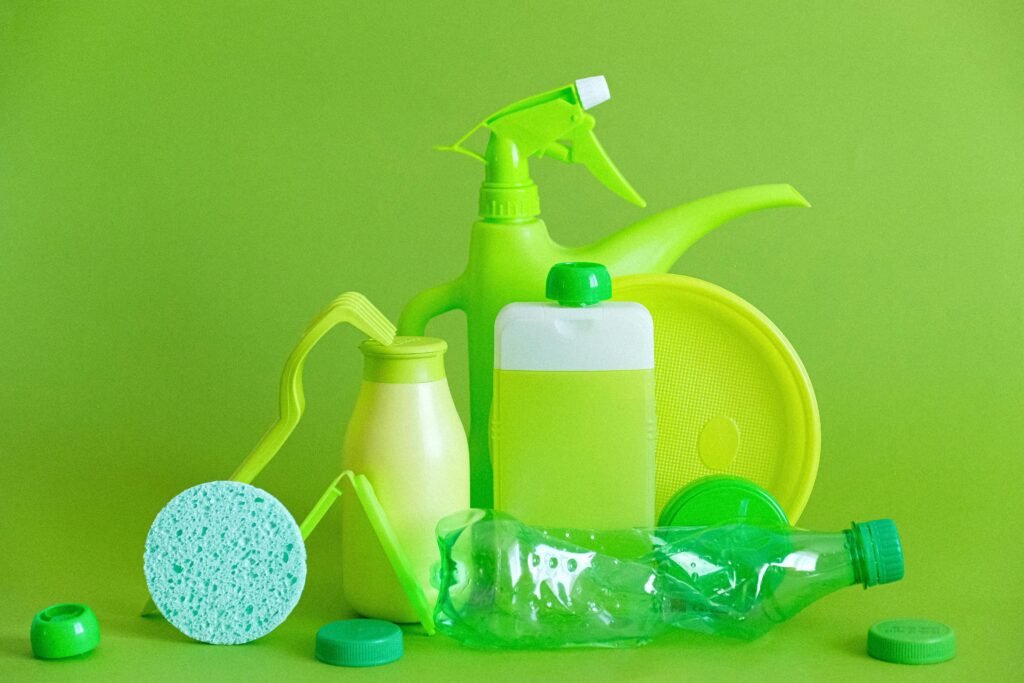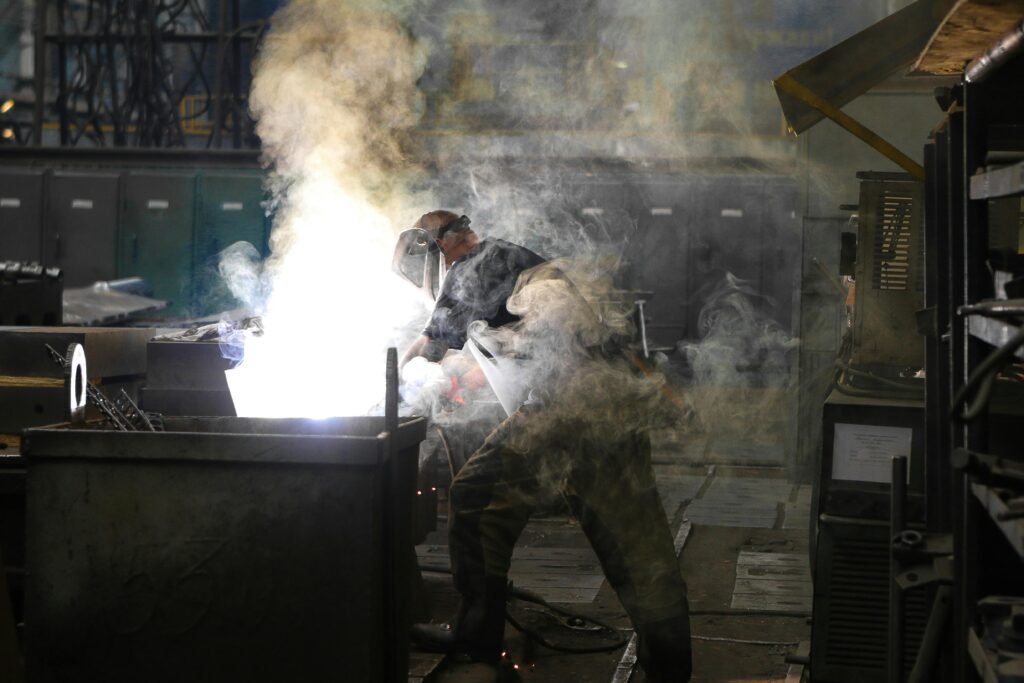I worked for a fake sustainable fashion brand. I didn’t know until it was too late.
In college, I started freelancing for purpose-driven organizations and soon got an offer I couldn’t resist: the chance to work with a Canadian clothing brand that promoted environmentalism.
The founder lives an eco-friendly lifestyle and started the brand with good intentions. Their website seemed legitimate, they have a credible nonprofit partner, and they even released progress updates every once in a while.
I was sold.
I started doing their graphic design, copywriting, and social media marketing.
Because I’m based in the Philippines and couldn’t visit on-site to immerse, I asked questions and did research. A lot.
And the deeper I dug, the more I started to doubt their sustainability claims.
They would evade my questions or give me vague responses.
They plant trees for every purchase made, but upon a closer look at their website, found that they use fabrics like spandex. Spandex is primarily made from petroleum and is ranked the least sustainable fiber along with conventional cotton, another fabric the brand uses liberally.
There wasn’t much I could say or do to back their sustainability claims.
I started feeling uncomfortable working for them. After a month, I quit and never turned back.
I am not the only one who has fallen for greenwashing.
Diinsider Life consulted experts to get practical tips and strategies for catching greenwashers in the act.
Be Wary of Vague, Misleading Language
Many brands cosplay as ‘sustainable’ when they are anything but.
“Look out for overused and vague terminology such as ‘eco-friendly’, ‘sustainable’, or ‘organic’ without any evidence,” says Holly Naylor, the Sustainability Communications Advisor of the Conscious Marketing Movement. They are a global online community that aims to transform marketing from profit-at-all-costs into a purpose-driven approach.
Other examples to watch out for are inflated promises like “sustainability is in our DNA” or generalized, sweeping statements such as “towards a sustainable future for all”. Unless these are backed by specific details on a brand’s environmental goals and practices, it’s better to be safe than sorry and leave it on the racks.
“Once, I saw a cleaning product boasting being ‘eco-friendly’… After digging deeper, I realized it contained harmful chemicals,” Jhendell Tabliago, a green marketer admits. She advises to watch out for exaggerated claims or irrelevant details used as distractions.
Labels like “Made in USA” are also used to denote a hapless form of quality standard. These claims take advantage of preconceived biases that materials produced in Western countries are ethically sourced. This is not always the case.
The documentary Luxury Slaves peeled back the “Made in Italy” label and found factories subcontracting and subjecting Chinese immigrants to dubious labor conditions. Similarly, raids in 2018 found a predominantly Chinese workforce assembling designer bags in sweatshops in Tuscany.
“Bad practices in the fashion industry are not limited to countries like China, Bangladesh, and Pakistan as we’re often told,” Mia McNeil, the Content Manager of Remake says. Remake is a nonprofit uniting changemakers in the fight for human rights and climate justice in the clothing industry.
To validate vague claims, check for certifications, information on ingredients and materials, sourcing processes, and year-on-year progress reports with time-bound goals.
“If a company is unwilling or unable to provide clear, detailed information about its sustainability practices, it may be a sign that they are not being entirely truthful,” warns Holly.
Don’t Rely On Green Imagery Alone

Ironically, green imagery can also signal greenwashing.
Nature-based images, such as leaves or green colors are often used by brands to create a false impression of sustainability. This visual tactic is designed to appeal to eco-conscious shoppers without holding any substantial environmental merit.
To demonstrate, Holly recounted her experience buying a natural facial wash. The packaging featured leaves and a logo that looked like a certification, only for her to discover that the product contained a bevy of unfamiliar chemicals.
“In my hurry, I didn’t have a chance to read the labelling, so I bought it. When I got home and looked in more detail, I noticed the certification-like mark was not an actual certification.”
Now, she only buys soap bars from Whole Foods stores. The products come with no packaging at all, but she knows exactly what ingredients are used because it’s provided in the store.
If you’re browsing products online, there are other aspects that can point to possible greenwashing.
Mia offers a set of questions to ask, “Is the brand using generic nature shots or stock images to depict their sustainability, or are they using imagery of their actual sourcing and manufacturing practices? Are they showing you images of the men and women making their products on their website?”
It’s important to pay attention to a brand’s marketing strategies and visual assets, especially if they’re bigger companies that can afford a professional photographer or advertiser.
Check for Consistency in Claims and Practices
When it comes to assessing a company’s true sustainability efforts, it takes more than a few buzzwords and a shiny badge.
Becca Coughlan, Remake’s Senior Advocacy Manager recounts her first memory of greenwashing. Less than a decade ago, H&M made a song and dance about the sustainability credentials of their new Conscious Collection capsule line.
“I distinctly remember being so relieved that the company was starting to tackle environmental issues in fashion… quite swiftly that evolved to wondering why it didn’t just make all of its garments and products ‘sustainably,’” Becca shares.
She advises investigating a brand’s website and reaching out directly when information seems incomplete.
Becca also cautions that even a brand’s “sustainable” products can be undermined by their overall volume of production. For one, ultra-fast fashion brand Shein donated $15M to a textile waste NGO, but continues to produce garments in unreasonably large quantities.
“If a company is churning out thousands of items every week, the ‘sustainability’ credentials of a single product are almost irrelevant because they are negated by the sheer volume of production,” Becca says.
As Holly notes, “If a company’s sustainability claims don’t align with its overall business practices or product offerings, it could indicate greenwashing.”
Holly also warns about greenlighting, a form of greenwashing that highlights a sustainable initiative while overlooking unsustainable practices in other areas. Case in point: Voxeurop uncovered how Michelin’s sustainable rubber cultivation project was actually a monoculture plantation that destroyed critical wildlife habitat.
As Mia simply puts it, “Question everything.” Look closely at materials, sourcing, manufacturing, and labor conditions beyond the flashy marketing and publicity stunts.
Look Beyond the Environmental Aspect

Companies often ignore the human rights component of sustainability.
“An item of clothing cannot be ‘sustainable’ if the workers who made it do not earn enough to ‘sustain’ themselves and their families, and to live lives of dignity,” Becca affirms.
If a brand touts the eco-friendly materials used in their garments but makes no mention of the labor conditions of the factories producing them, this is a subtle indicator of greenwashing. It has even brought forth a new term, “social washing”.
Social washing refers to the practice of emphasizing a company’s environmental initiatives while obscuring or downplaying less favorable labor practices and human rights issues in their operations.
To spot greenwashing and social washing, it’s essential to scrutinize a company’s holistic approach to sustainability. Examine not just their environmental commitments, but also their social and labor practices. Only when a brand demonstrates consistent, verifiable action across all these dimensions can consumers trust that their sustainability claims are authentic, rather than mere window dressing.

